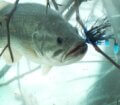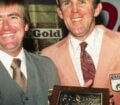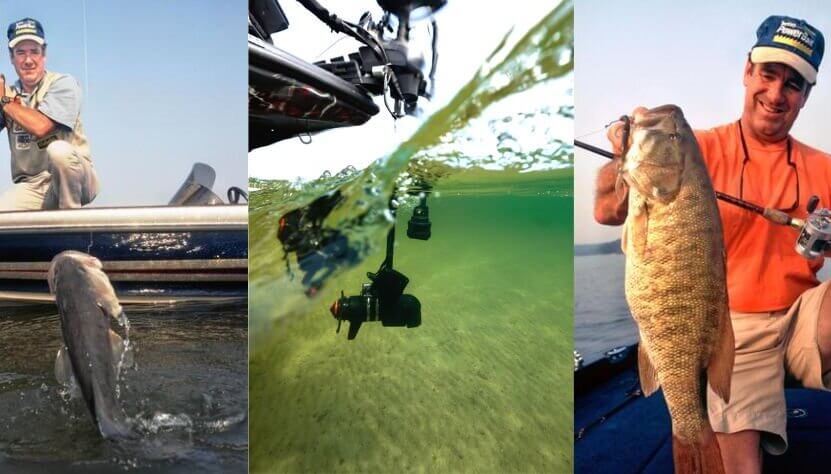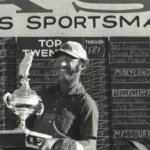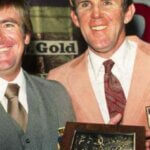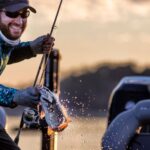Editor’s Note: One of America’s greatest bass fishermen almost vanished from sight when he left competitive bass fishing. However, 72-year-old Larry Nixon from Bee Branch, Arkansas, has come back to Bassmaster. I wanted to know why my longtime friend is returning as well as learn some of his tactics that have made him so successful for 46 years of competitive bassing. Nixon first began tournament bass fishing at the age of 27, while guiding part time. He then joined Bassmaster in 1987. He’s fished 25 Bassmaster Classics, including winning the 1983 Bassmaster Classic and the coveted title of Angler of the Year for two years. He’s won major bass tournaments with Bassmaster, Major League Fishing (MLF) and the FLW circuits for total tournament monies of $3.8 million.
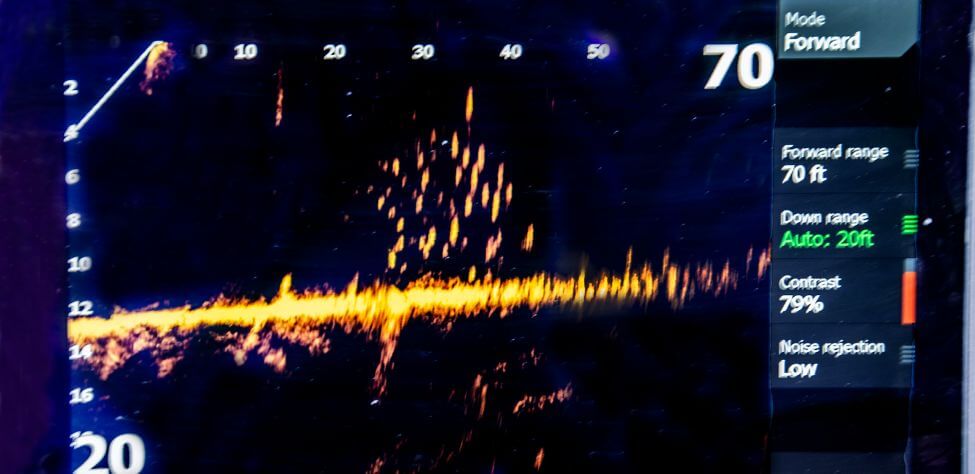
John E. Phillips: Throughout your fishing career, what are the biggest changes in depth finders and other electronics you’ve seen?
Larry Nixon: Forward-facing sonar is what all the tournament fishermen are talking about right now. I have seen and used all the different depth finders from flashers to down-scanning to side-scanning and all the other GPS and mapping features that have evolved in the electronics side of bass fishing. However, forward-facing sonar has been the biggest change and made the biggest impact in the way we fish. These advances have made more of an impression than any other feature in the world of bass fishing.
Phillips: What kind of electronics are you using, and why?
Nixon: In 1976, when I was guiding, I started fishing with Lowrance depth finders. I liked Lowrance because its equipment never broke down, and I never had to send a unit in for repair. I said to myself, “Larry, you should never buy any other depth finder than Lowrance,” and I’ve held to that belief ever since.
Phillips: What features do you use the most on your depth finder?
Nixon: The Lowrance depth finder I use has mapping, down-sonar, side-scan, GPS and a water temperature gauge on the dash of my boat. On the front of the boat, I have two Lowrance Live 12s – one for my forward-facing sonar and one for split-screen with mapping, down-imaging and the ability to keep up with the day and the time. That covers everything I need from sonar when I’m fishing.
Phillips: What other changes have you seen?
Nixon: In the early days, Ray Scott said B.A.S.S. wouldn’t allow any engines over 150-horsepower in tournaments. However, a group of anglers convinced him that there are some fishing situations in lakes and reservoirs where more horsepower allows you to be safer in big waves. I never have been an angler who has felt I’ve needed to go as fast as the engine will push me and my boat. But I feel safer if I have more horsepower on the back of my boat when I get into big waves. With more horsepower, I can climb over the top of a big wave or jump from the top of one wave to the next. I think more horsepower is better when you get into rough water and more waves.
The next big thing that’s changed in bass fishing is practicing catch ‘n’ release because it helps all the lakes we fish keep more bass in them. I think that was a major improvement for fisheries nationwide, especially for tournament anglers.
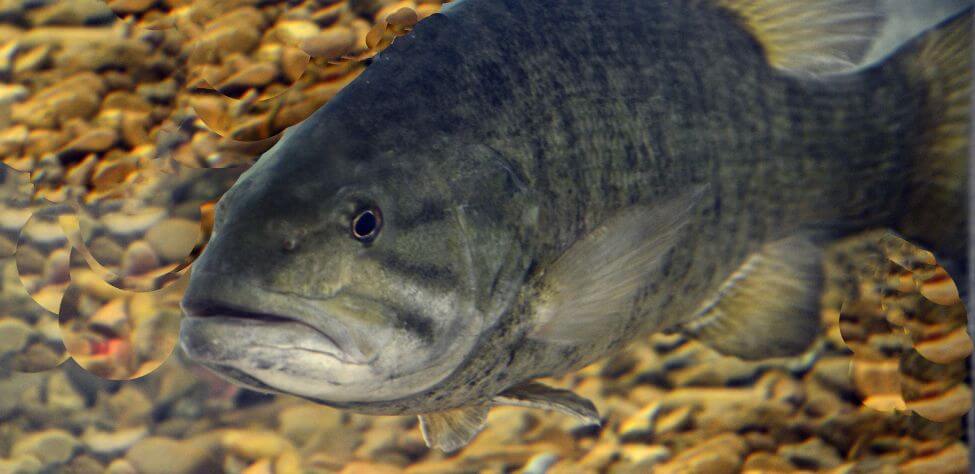
Phillips: What horsepower engine are you running right now?
Nixon: I’m using a 250-horsepower Mercury engine on my 21-foot Ranger boat.
Phillips: Why do you feel that the 250-horsepower engine makes you and your boat to be safer than when you’re running a 150-horsepower engine?
Nixon: The bigger engine gives you more power when fishing in big water with more waves. When you’re on a major body of water with wind blowing at 25 miles per hour, you’ll have big waves to fight. When you go down into the bottom of that wave, a 250-horsepower engine will come out of the bottom of the wave quicker and safer than a 150-horsepower engine will. If you don’t have the right angle and enough horsepower to get on top of the wave quickly, you and your boat may have to dive through the wave. The 250-horsepower engine gives me more boat control and allows me to be safer in very-rough water. Young anglers think more about the speed they get out of a 250-horsepower engine over a 150-hp, but, that’s not what I want. In a tournament, I still run 60-62 miles per hour. With a 250, I can run that boat at almost 70 miles per hour. So, I’m not concerned with speed as much as stability in rough weather and big winds.
Phillips: What’s the next biggest improvement you’ve seen in bass fishing in your 46 years of tournament fishing.
Nixon: The mapping systems in our depth finders drastically have improved on all lakes. They allow us to see more contour breaks and underwater structure than we ever have been able to see before. Some of the depth finder companies have gone all over the country mapping lakes to show breaks, points and holes we never have been able to see before on maps. Again, the maps greatly have improved the fisherman’s ability to not tear up a lower unit by hitting a sandbar or underwater point that won’t be visible 10-20 years ago. Some maps have boat trails that show how to run in deep water and stay out of the shallow water that can tear up the foot of your outdoor motor. The contour lines on the bottom of the creeks on these newer maps allow you to see where the deep water and the shallow water are. Then you can go further up the creeks or get in parts of the creeks that you may not have been able to get into before.
Tomorrow: Larry Nixon’s Bassing Future
Expert Guidebooks on Bass Fishing: Best Sellers

If you want to become the best you can be, find someone who’s already become the best at what you want to do and follow his or her instructions. This is what I’ve done in my new book, Bass Pros’ Season by Season Tactics.
In this book, I’ve chosen some of the best bass fishermen to give you advice on how to find and catch bass during each period of a bass fish’s life, including professionals like Kevin VanDam, Denny Brauer, David Fritts, Rick Clunn, Larry Nixon, George Cochran, Mark Davis, Woo Daves, Gary Klein, Davy Hite, Michael Iaconelli, Skeet Reese, Mark Rose, and Shaw Grigsby.
My hope is that this book will help you find and catch more bass at every time of the year and each day you’re on the water. The men included in this book are some of the best mentors I know of for successful bass fishing anywhere in the nation.
VERSIONS: AUDIBLE & PRINT
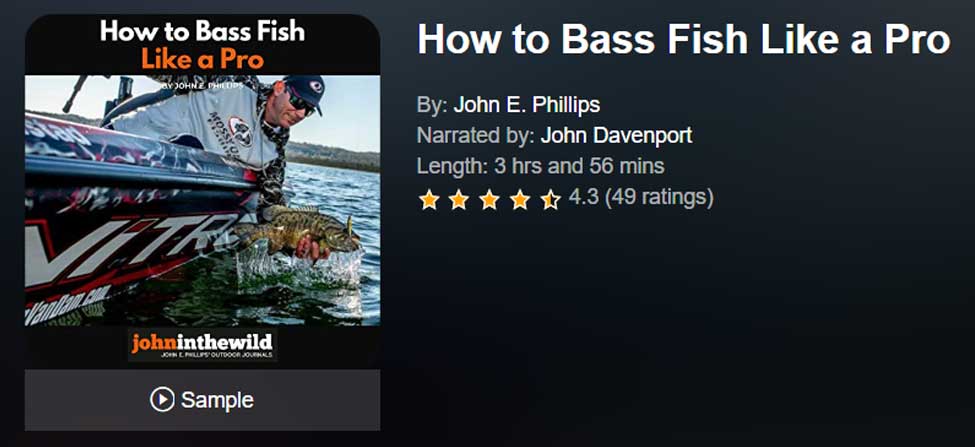
How to Bass Fish Like a Pro
If you could sit down and interview some of the best pro bass fishermen in the world, what would you want them to tell you to help you improve your bass fishing skills?
In this book, How to Bass Fish Like a Pro, Kevin VanDam explains how he catches bass consistently, and how he fishes all 12 months of the year. In the bonus chapters, he will tell you how to fish for hot-weather bass.
Denny Brauer will tell you the ways he hates to fish, how he picks the best fishing lures for different water and weather conditions, and will give you his best fishing tips for hot weather. In Brauer’s bonus chapters, he’ll teach you when to flip a jig, a tube, or a creature bait and tell you his three tips for how to be a better fisherman.
Mark Davis, in Chapter 3 of the book, explains his five secrets to becoming a better bass fisherman, how to turn your bass fishing around to the positive side, and how to catch hot-weather bass. In the bonus chapter, you’ll get six different interviews with Davis, where he tells you: three tips for becoming a better bass fisherman; his three favorite bass lures; and how to keep a big bass on the line and get it to the boat.
James Niggemeyer tells you how to become a bass pro. He also tells you how to catch bass when the weather sizzles. In Niggemeyer’s bonus chapter, he explains how to move from being a bass-club fisherman up to being a pro.
Mark Rose will explain his five favorite go-to bass lures, and how to catch bass in the middle of the summer.
In this book, you’ll hear from top-performing pro fishermen about how they catch big bass consistently, and what they do to win millions of dollars as professional bass fishermen.
VERSIONS: AUDIBLE, KINDLE & PRINT

Catch the Biggest and Most Bass in Any Lake
If you were having open-heart surgery at the hospital, you’d want the best doctor with the most experience and the latest equipment and techniques that money could buy to do your operation. You’d study these doctors’ credentials to learn who was the best.
This is the same type of research that author John E. Phillips has done with the best bass fishermen in the nation to solve the problem of how to find and catch the biggest and the most bass in any body of water that he fishes.
This is the same type of research that author John E. Phillips has done with the best bass fishermen in the nation to solve the problem of how to find and catch the biggest and the most bass in any body of water that he fishes.
In this book, you’ll hear about the techniques, tips, baits, lures, and tackle that 18 of the nation’s best professional fishermen use to support their families by winning bass tournaments and catching the most and the biggest bass they can in every tournament they fish.
Most of these anglers are Bassmaster Classic winners, Megabucks winners, Angler-of-the-Year and FLW Tour winners – like Rick Clunn, Kevin VanDam, George Cochran, Mark Davis, Paul Elias, Skeet Reese, Larry Nixon, Hank Parker, Ken Cook, Denny Brauer, Alton Jones, and Jay Yelas.
Also, every serious bass fisherman should know Timmy Horton, Mark Rose, Randy Dearman, Harold Allen, Mike Wurm, and Shaw Grigsby, men whose tactics you’ll find in this book. To learn how to fish for bass and change your bass-fishing trips from fishing trips to catching trips, this book is a must-have.
VERSIONS: AUDIBLE, KINDLE & PRINT
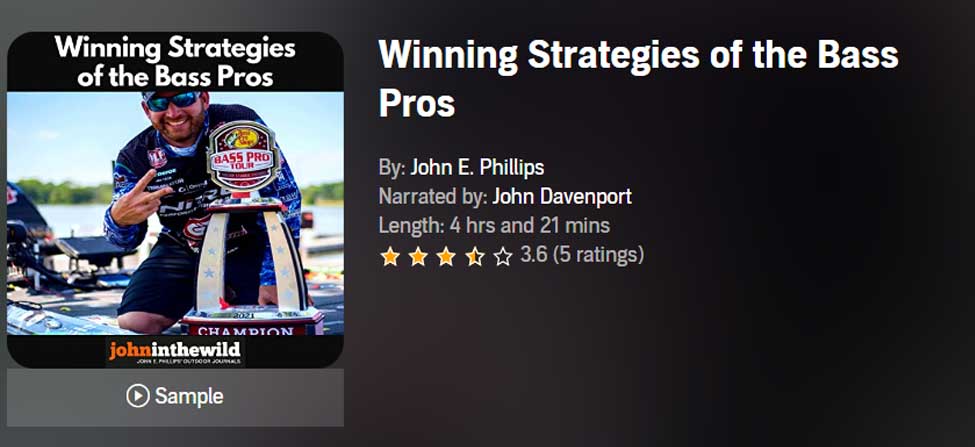
Winning Strategies of the Bass Pros
I learned many years ago if you want to be the best you can be, then you need to learn from the best – particularly when you want to be the best bass fisherman possible. That’s why I’ve written Winning Strategies of the Bass Pros about 11 top bassers.
If you’re wondering at what age you can start learning about bass fishing, you’ll see in the first two chapters about two young men who have come up through the ranks of collegiate bass tournaments – Jordan Lee, who won the Bassmaster Classic in 2017, and Dustin Connell, who won $100,000 in a B.A.S.S. Elite Series tournament in Mississippi in 2017. Top-name pros on both the B.A.S.S. circuit and the FLW circuit are in this book, including Kevin VanDam, Jay Yelas, George Cochran, Rick Clunn, Larry Nixon, Woo Daves, Randy Howell, Scott Canterbury, and Gary Klein.
VERSIONS: AUDIBLE, KINDLE & PRINT
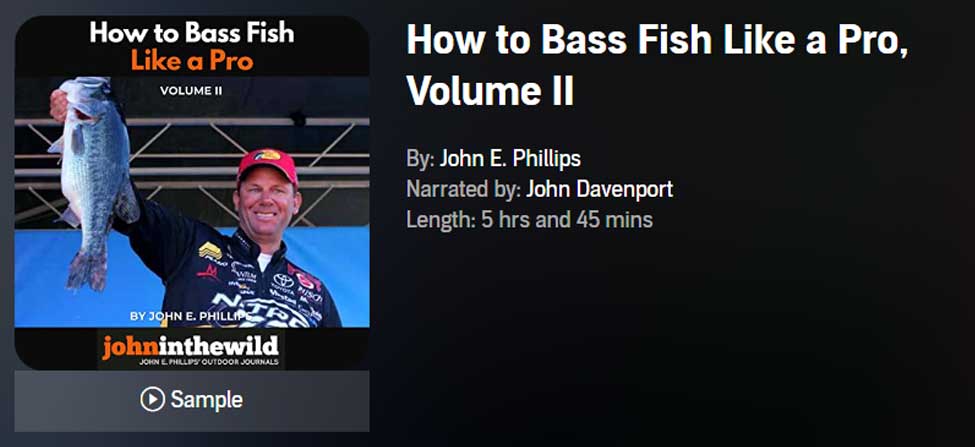
In How to Bass Fish Like a Pro, Volume II, you’ll learn tips and tactics from 21+ Bassmaster Classic winners, two Major League Fishing champions, and 20+ Bassmaster Anglers of the Year about some of the dramatic changes in bass fishing, like:
Depth Finders: You need the latest and greatest depth finders available, since they’re the brains of a bass boat with maps, GPS, side scanning, down scanning, and forward scanning features that enable you to see underwater structures and fish 100-feet away with a 360-degree view. Today’s competitive bass anglers may have four or five depth finders located on the consoles and the bows of their boats.
Other Changes in Equipment: Power fishing for bass using heavy line and rods, big baits, and bait-casting reels that resemble winches have given way to finesse fishing and new techniques like fishing the Ned Rig, the Neko Rig, the Chicken Rig, and the Tokyo Rig on spinning tackle and line as small as 6-10 pounds.
The Growth in Youth and College Competitions for Bass: A young person can begin competition fishing as early as the second grade and continue throughout high school. After that, if the competitor qualifies, he/she may win a scholarship to fish on a college team that eventually may lead them to a professional bass-fishing career.
Changes in the Ways Anglers Bass Fish: Many of the most-consistent winners never pick-up their rods to fish during pre-fishing. Instead, they’ll idle across the water, dropping waypoints from their electronics in places where they’ve identified schools of bass holding. These contestants will have at least 50-250 locations, where they’ve pinpointed schools of bass before a tournament starts.
VERSIONS: AUDIBLE, KINDLE & PRINT

